The world of NFTs has seen explosive growth, with new innovations changing the way we think about digital assets. One such breakthrough is NFTRandomize, a concept that has transformed the creation and collection of NFTs by introducing randomness into the process. This exciting approach allows artists, collectors, and enthusiasts to engage with digital art in ways that were previously unimaginable. In this article, we’ll dive into what NFTRandomize is, how it works, and how it is shaping the future of the NFT ecosystem.
Introduction to NFTs and Randomization
Non-Fungible Tokens, or NFTs, have taken the digital world by storm, allowing ownership of digital items such as artwork, music, videos, and even virtual real estate. However, as the NFT space grows, so does the demand for unique and rare digital assets. This is where NFTRandomize comes in. By using algorithms to introduce randomization into the creation process, NFTRandomize ensures that no two tokens are the same, adding an extra layer of excitement and exclusivity for both creators and collectors.
Randomization in the context of NFTs refers to the process where different attributes, features, or layers of an NFT are generated randomly, making each piece distinct. This not only makes the creation process more dynamic but also enhances the experience for collectors, who never know exactly what they will get until the NFT is revealed.
Detailed Benefits of Randomization in NFTs
The use of randomization in NFTs offers several benefits that go beyond the traditional method of digital asset creation. Here are some of the key advantages:
- Efficiency in Creation: With NFTRandomize, creators can generate large collections of unique NFTs without having to design each one individually. This saves time and allows for more creativity.
- Increased Rarity: Randomization introduces varying levels of rarity in the final product. For example, certain traits or characteristics may be less common, making NFTs that possess those traits more valuable.
- Excitement for Collectors: The random nature of NFTRandomize creates a thrilling experience for buyers. The anticipation of not knowing what traits or features their NFT will have keeps collectors engaged.
- Scalability: Artists and developers can produce thousands of unique NFTs quickly, which can be beneficial in gaming, art, and virtual reality environments where diverse digital assets are needed.
Randomization isn’t just a gimmick; it adds value and appeal to NFTs, enhancing the overall experience for both creators and collectors.
How Does NFTRandomize Work?
NFTRandomize is powered by algorithms that take input from the creator, apply random parameters, and generate unique digital assets. Here’s a step-by-step breakdown of how it works:
- Base Design: The creator starts with a base design. This could be a digital drawing, 3D model, or any other type of media. The base design serves as the foundation upon which random elements will be added.
- Setting Parameters: The creator sets parameters for randomization. This could involve defining which colors, patterns, textures, or other visual elements should be randomized. Parameters also help ensure the final product stays within the artist’s creative boundaries.
- Algorithmic Generation: Once parameters are set, an algorithm is used to combine the base design with the random elements. The algorithm might randomly assign different colors to parts of the design or randomly select additional features to add to the artwork.
- Minting on the Blockchain: After the algorithm generates the final version of the NFT, it is minted onto a blockchain. This process makes the NFT a permanent, immutable asset that can be sold or traded.
- Distribution: The finalized NFTs can be sold directly, auctioned, or distributed through platforms such as OpenSea or Rarible.
Examples of Successful NFT Projects Using Randomization
Several notable NFT projects have used randomization to great success. These projects have not only demonstrated the creative potential of NFTRandomize but also attracted attention from both collectors and artists.
- CryptoPunks: One of the earliest and most iconic examples of randomization in NFTs, CryptoPunks used algorithmic generation to create 10,000 unique characters. Each character has its own set of attributes, and some traits are rarer than others, making certain CryptoPunks more valuable.
- Bored Ape Yacht Club: This popular NFT collection also uses randomization to generate unique ape characters. Various traits like clothing, accessories, and backgrounds are randomly assigned, with some combinations being more sought after than others.
- Art Blocks: A platform specifically designed for generative art, Art Blocks allows artists to create algorithmic artworks where randomness plays a significant role in the final output.
These examples showcase the potential of NFTRandomize to create unique, collectible assets that can gain value over time due to their rarity and distinctiveness.
Technical Breakdown of Randomization Algorithms
Randomization in NFTs isn’t just about picking random elements from a list; it’s a more sophisticated process that involves algorithms designed to balance randomness with structure. Here’s how the algorithmic side of NFTRandomize works:
- Pseudorandom Number Generators (PRNGs): PRNGs are used to generate random values within specified ranges. These values are then applied to the different attributes of the NFT, such as color, texture, or rarity.
- Weighted Randomization: Creators can assign weights to certain attributes to ensure that some traits are rarer than others. For example, an artist might want a certain color to appear only in 1% of the NFTs generated, making those NFTs more valuable.
- Layer Combination: In digital art, NFTs are often made up of several layers (e.g., background, character, accessories). The algorithm randomly selects one option from each layer to combine into a single, unique piece of art.
Challenges and Pitfalls in Randomization
While randomization offers many advantages, there are some challenges to consider:
- Aesthetic Risks: Not all randomly generated NFTs are guaranteed to be visually appealing. Sometimes, the random combination of elements can result in designs that don’t look great.
- Overuse of Randomization: If too many projects rely on randomization, it can lead to oversaturation in the market. This could reduce the overall value of NFTs if collectors feel the market is flooded with similar-looking assets.
- Technical Expertise: Using NFTRandomize tools effectively may require some technical knowledge, particularly when it comes to setting the right parameters and understanding how algorithms work.
Despite these challenges, the benefits of using randomization in NFTs far outweigh the risks, making it an exciting tool for creators looking to push the boundaries of digital art.
Future Trends in NFT Randomization
The use of randomization in NFTs is still in its early stages, but it is rapidly gaining traction. Here are some potential future developments:
- Integration with AI: Combining AI with randomization algorithms could lead to even more complex and creative NFTs. AI could learn from past successful randomizations to create more aesthetically pleasing and valuable NFTs.
- Enhanced Interactivity: Future NFTs might incorporate real-time randomization, where elements change based on user interaction or external factors, making each viewing of the NFT a unique experience.
- Cross-Platform Collaboration: As NFTs become more popular, we may see more collaboration between different platforms, allowing for randomization across multiple media types (e.g., visual art, music, and video).
Comparison of NFTRandomize with Other Platforms
NFTRandomize isn’t the only platform using randomization, but it has some unique features that set it apart:
- User-Friendly Interface: Compared to other randomization platforms, NFTRandomize offers a more intuitive interface, making it easier for artists to set parameters and create unique NFTs.
- Customization Options: While other platforms may have preset randomization algorithms, NFTRandomize allows creators to customize every aspect of the randomization process, from colors and patterns to the rarity of individual traits.
- Integration with Blockchain: NFTRandomize seamlessly integrates with major blockchain platforms, making the minting and distribution process simple and efficient.
Conclusion
NFTRandomize is transforming the world of NFTs by introducing randomness into the creation process. For artists, it offers a way to generate large collections of unique, visually appealing digital assets without having to manually design each one. For collectors, the element of surprise adds excitement to the process, as they never know exactly what traits or features their NFT will have until it’s revealed. As randomization continues to evolve and become a more prominent feature in the NFT space, the potential for innovation is limitless. Whether you’re an artist looking to push your creative boundaries or a collector searching for unique digital assets, NFTRandomize is shaping the future of NFTs.
With a clear focus on user-friendly customization, algorithmic precision, and seamless integration, NFTRandomize is a game-changer in the NFT space, offering limitless possibilities for the future of digital art.




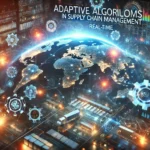


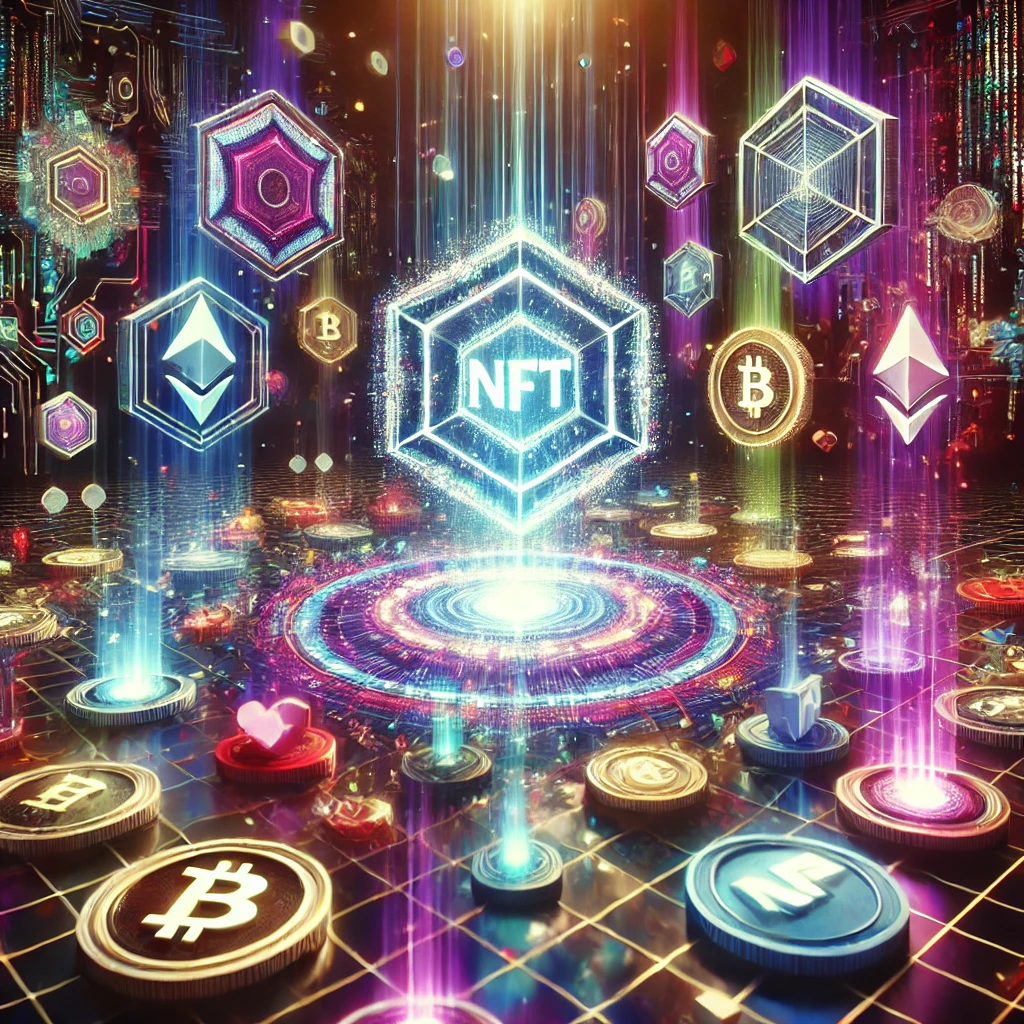


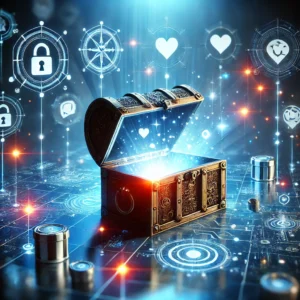



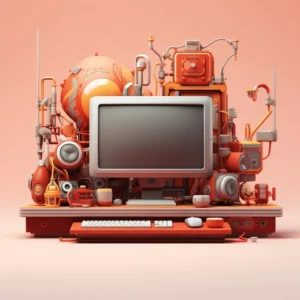
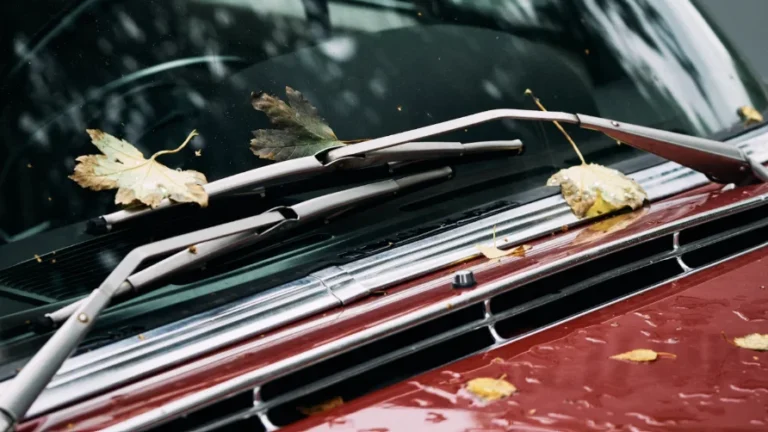





+ There are no comments
Add yours